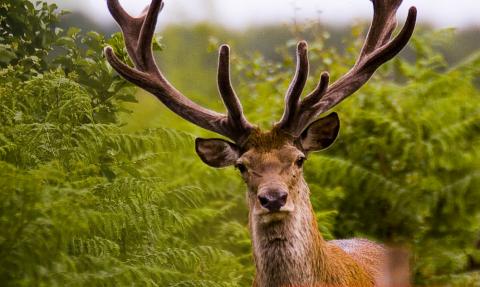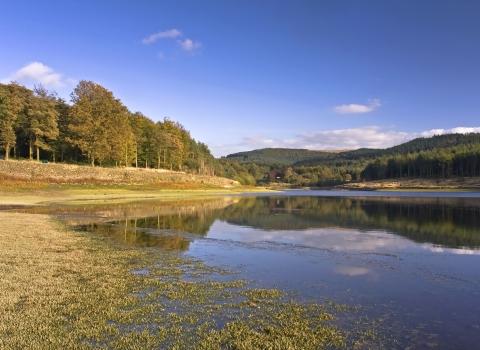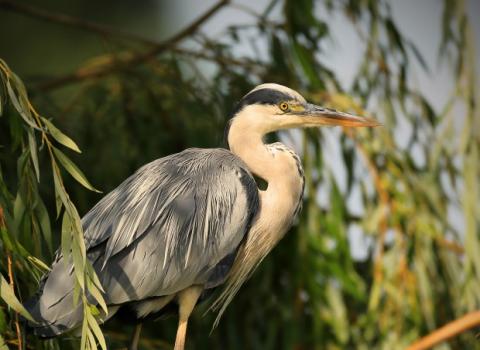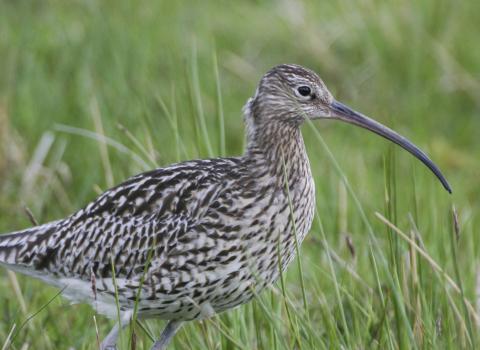
Red deer c. Harry Hogg
Upland
The uplands are a place in flux, with uncertainty around the future of farming after Brexit. We are working landowners across the Cheshire Peak District to make sure that managing land for wildlife is a crucial part of their future.
When people think of Cheshire, many people think of the Cheshire Plain, but in the east the land rises to almost 600m at Shining Tor in the Peak District National Park. Our upland habitats have been shaped by people over thousands of years. Originally, these areas were covered in scrub and woodland, but a long history of clearing and burning the vegetation has created the moorlands we see today.
Upland habitats include acid grassland and marsh, heathland and peat bog. Wildlife-rich flushes accompany flowing water; stands of bracken occur on fells and rocky outcrops support scarce plants and provide nesting sites for birds of prey.
The wildlife associated with upland areas includes birds like ravens, peregrine falcons, red grouse, golden plovers, grey wagtails and wheatears, alongside mammals like red deer, pine martens, wildcats and mountain hares. Typical plants include bell heather, ling heather, cross-leaved heath, bilberry, purple moor-grass and rowan trees.



